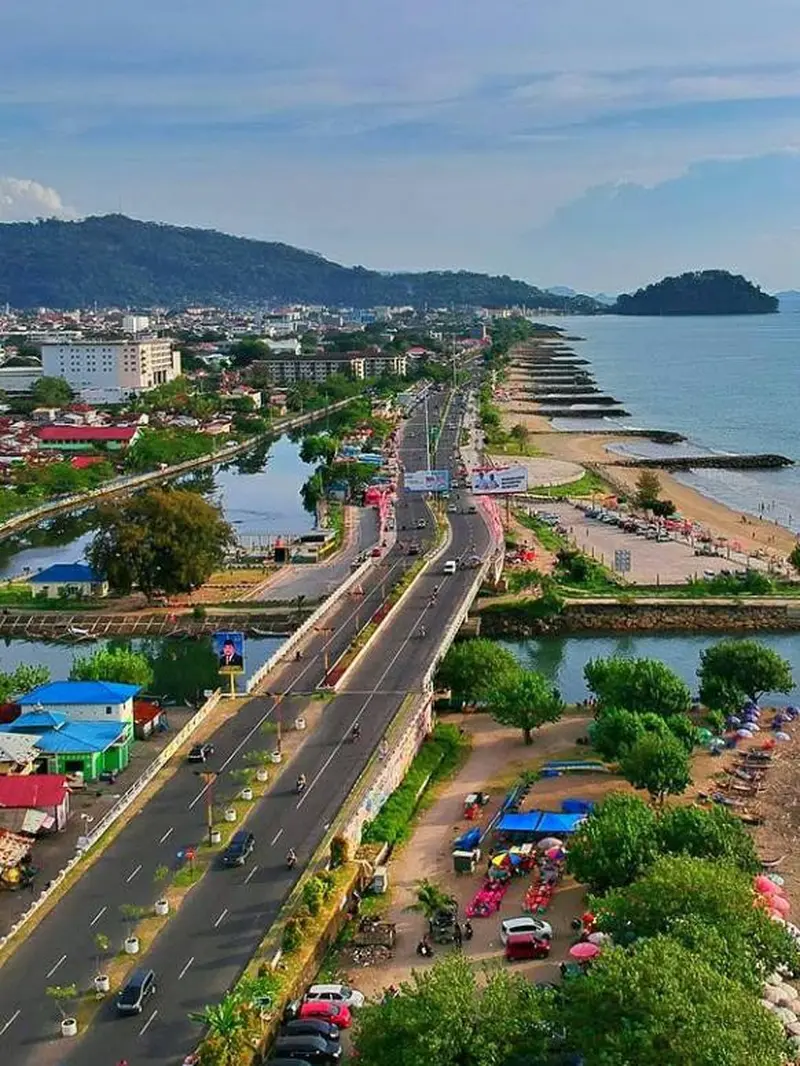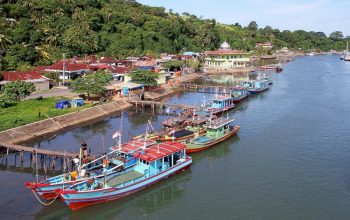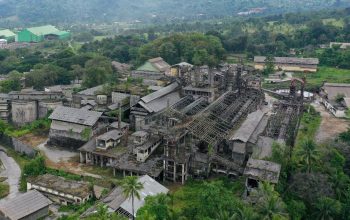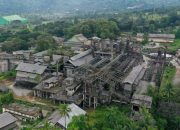The city of Padang has recently experienced a significant increase in temperatures, a phenomenon attributed to the ongoing El Niño event. This climatic anomaly, characterized by the warming of ocean surface temperatures in the central and eastern tropical Pacific, has far-reaching impacts on weather patterns globally.
Impact on Padang
The residents of Padang have been grappling with higher-than-usual temperatures over the past few weeks. Typically known for its tropical rainforest climate, the city is accustomed to warm weather, but the recent spike has been extraordinary. Meteorological data indicates that temperatures have risen by several degrees Celsius above the historical averages for this time of year.
Understanding El Niño
El Niño is part of the larger El Niño-Southern Oscillation (ENSO) climate pattern, which also includes La Niña and a neutral phase. During El Niño, the increased sea surface temperatures can disrupt normal weather patterns, leading to various effects such as droughts, floods, and heatwaves in different parts of the world. In the case of Padang, the primary impact has been the prolonged period of higher temperatures.
Local Response
In response to the rising temperatures, local authorities have issued advisories urging residents to take precautions to avoid heat-related illnesses. The health department has recommended staying hydrated, avoiding strenuous outdoor activities during peak heat hours, and seeking shelter in cool, shaded areas. Additionally, there are ongoing efforts to provide relief to vulnerable populations, including the elderly and young children, who are particularly susceptible to heat stress.
Future Projections
Climate experts warn that if El Niño conditions persist, Padang could continue to experience elevated temperatures and possibly other weather-related challenges. This situation underscores the need for increased preparedness and adaptive measures to cope with the adverse effects of climate variability.
Conclusion
The current rise in temperatures in Padang serves as a reminder of the broader impacts of El Niño. While it is a natural climate phenomenon, its consequences are being felt across the globe, highlighting the importance of understanding and preparing for such events. As the city navigates this period of unusual heat, the resilience and proactive measures of its residents and authorities will be crucial in mitigating the impacts of this climatic challenge.
















